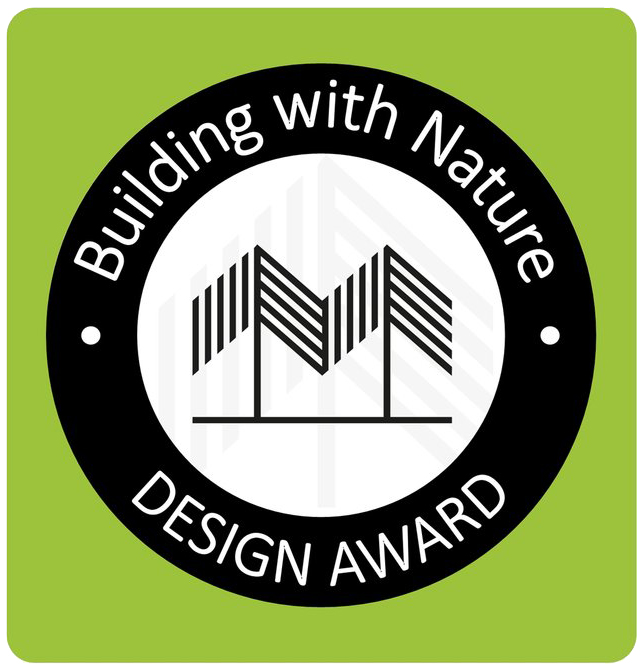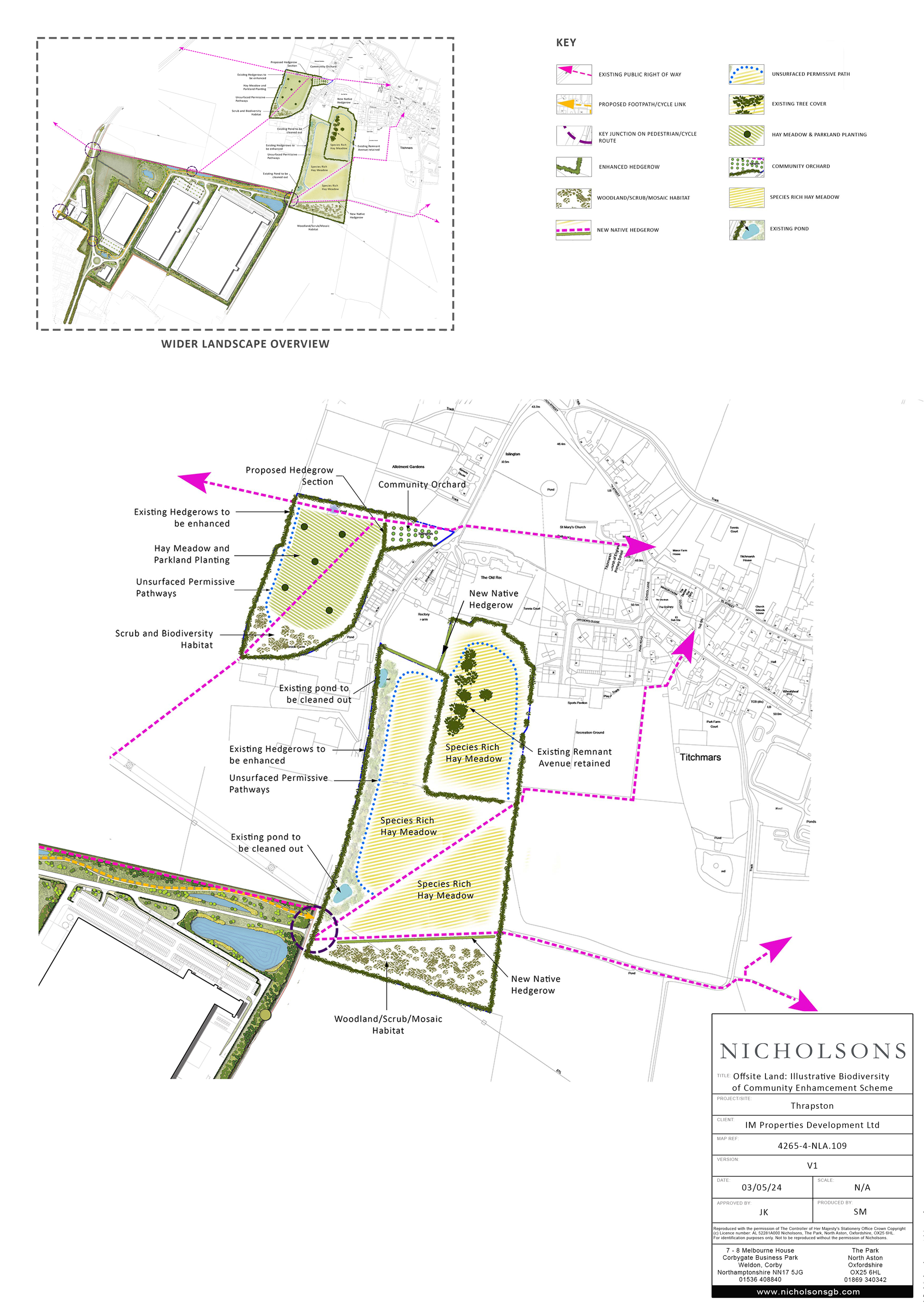Building with Nature
The development of our plans has been guided by the framework of the Building With Nature standard, supported by an independent Building with Nature Assessment and Biodiversity Net Gain Assessment, all of which have been included as part of our planning application.
The Building with Nature benchmark has been set up as the UK's first green infrastructure standard and demonstrates what good green infrastructure looks like.
It provides an independent assessment of a development's delivery of good green infrastructure using an evidence-based approach.
Through the Building with Nature approach, we have tested our design proposals and development masterplan against the requirement of the 12 Building with Nature Standards.
This will achieve a higher quality development which not only benefits the environment and wildlife on site, but which also makes a positive contribution to the community.
This, in the long term, delivers a better development and one that will enhance the local community and the environment.
Our approach
Green and Blue Infrastructure has been at the heart of the design process and has guided the mitigation focus for the technical assessments both on and off site. The Building with Nature approach has been used to test and steer the emerging design.
As part of the landscape and ecological approach a mosaic of different habitat types are proposed throughout the development area, which include:
- Retaining and protecting existing scrub, hedgerows and trees
- Areas of woodland planting/buffers
- Native scrub and shrub planting
- New species-rich native hedgerows,
- Wildflower grassland as well as a species-rich meadow
- Wetland and marginal habitats around drainage pools and swales, and,
- Amenity landscape areas including a community orchard space
These will provide a variety of habitat types which offer a range of new homes for wildlife, and represent a measurable improvement upon the existing intensively managed arable landscape, narrow species-poor field margins, and over managed hedgerows.
Landscape and ecology remain at the heart of our design approach and are considered integral to the achievement of a successful development.
The scheme secured the Building with Nature 2.0 Design Award in March 2023. We will look to secure the ‘Full Award’ to ensure that the principles of Building with Nature remain at the heart of the project’s delivery and ongoing management.

Off-site land
Our proposal for enhancing the biodiversity of the off-site land is to convert areas of intensely farmed arable land into species-rich grasslands, native broadleaved woodland and scrub. Part of the off-site proposal also includes the retention of mature and semi-mature trees, and the enhancement of a number of ponds, marginal habitats, hedgerows, areas of native mixed scrub, and an area of existing grassland.
All of the above would enable the creation of a parkland and wetland corridor, and for the project to deliver a significant biodiversity net gain in excess of 30 per cent. The planting regime for the SAM provides further opportunity to add to this, with details to be confirmed in the formal update to the application.
Our aspirations are to go further and design a truly multifunctional scheme that will not only deliver a biodiversity increase, but also other environmental benefits for the local landscape and community, for example: carbon storage, improved air and water quality, public access for informal recreation and health and well-being.
Further improvements we are proposing for the offsite land include:
- Creation of permitted access pathways
- New hedgerows and woodland
- A community orchard
- Parkland and wetland corridor
These proposals would be carefully designed to support a diversity of native flora and fauna. The use of the off-site land also provides additional scope to mitigate against the loss of open space within the site, by providing more ecologically resilient open habitat with improved opportunities for local fauna within the immediate site context.
We are working with local farmers and land managers to secure delivery of this through adapted farming and land management practices.
 Offsite Land Biodiversity and Community Enhancement
Offsite Land Biodiversity and Community Enhancement